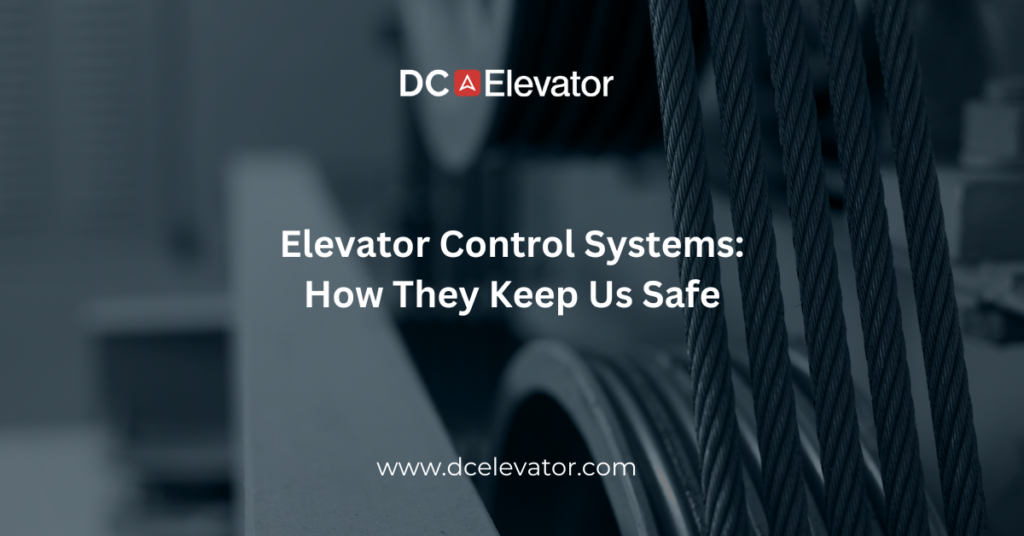Elevators have become an integral part of our daily lives, transporting us efficiently from floor to floor in buildings of all sizes. While we often take their safety for granted, the technology behind elevators is sophisticated, and elevator control systems play a crucial role in ensuring our well-being during each ride.
The Brains Behind the Operation
Elevator control systems are the brains of the operation. They are responsible for managing the elevator’s movement, door operation, and ensuring the safety of passengers. These systems use a combination of hardware and software to maintain a smooth and secure ride.
Safety First
Safety is paramount when it comes to elevators, and control systems are designed with multiple safety mechanisms. Here are some of the key features that keep us safe:
Emergency Stop Buttons
Each elevator is equipped with an emergency stop button. In case of an emergency or if a passenger feels unsafe, pressing this button will immediately stop the elevator and open the doors.
Overload Protection
Elevator control systems are programmed to detect if the elevator is carrying a load beyond its capacity. If this occurs, the system will prevent the elevator from moving until the excess weight is removed.
Door Sensors
Infrared sensors are used to detect obstructions in the door’s path. If an object or a person is in the way, the doors will not close, preventing accidents or injuries.
Fire Safety
Elevator control systems are designed to respond to fire alarms. In the event of a fire, elevators are directed to the nearest floor and held there to allow passengers to exit safely.
Anti-Nuisance Alarms
Elevator control systems are equipped with anti-nuisance alarms. These alarms are triggered if the same floor button is pressed repeatedly in a short amount of time. This feature prevents passengers from causing unnecessary stops or delays.
Door Reversal
If the elevator doors encounter an obstacle while closing, they automatically reverse to prevent injury or damage.
Final Safety
If the elevator car or counterweight exceeds its normal speed or stops suddenly, the control system activates the final safety mechanism, the emergency brakes, to bring the elevator to a controlled stop.
Advanced Technology
Modern elevator control systems have evolved with advanced technology. They are equipped with microprocessors, sensors, and software that continuously monitor and control various aspects of elevator operation. Some even use artificial intelligence to predict maintenance needs and reduce downtime.
Maintenance and Upkeep
Regular maintenance is essential to keep elevator control systems in perfect working order. Elevator service providers offer maintenance contracts to inspect, lubricate, and replace parts as needed. This ensures the continued safety and reliability of elevators.
Elevator control systems are the silent protectors of our daily vertical transportation. They guarantee our safety and provide a smooth, efficient ride. The next time you step into an elevator, take a moment to appreciate the complex technology and safety features that make each journey a secure and worry-free experience.
